Description
From Seed to Sustenance: A Look Inside Oil Processing
Oils are an integral part of our diets and industries, serving as cooking fats, ingredients in countless products, and even as biofuels. But getting these oils from their natural sources to our tables is a complex process involving several key stages. Understanding these processes not only sheds light on the journey of our food but also highlights the importance of efficiency, sustainability, and ensuring the quality of the final product.
This article delves into the fascinating world of oil processing, exploring the different methods used to extract oils and refine them for consumption and industrial application.
The Foundation: Oil Extraction
The first crucial step is extracting the oil from its source, typically seeds or fruits. This is achieved through two primary methods:
- Mechanical Extraction (Pressing): This traditional method involves physically extracting the oil by applying pressure. This can range from simple crushing to sophisticated screw presses that mechanically squeeze the oil out. Cold pressing, a specific type of mechanical extraction, is performed at lower temperatures to preserve the natural flavor, aroma, and nutritional value of the oil. Oils produced this way are often marketed as “virgin” or “extra virgin.” Mechanical extraction is generally favored for smaller-scale operations and for producing high-quality oils.
- Solvent Extraction: This method utilizes solvents, typically hexane, to dissolve the oil from the oil-bearing material. The resulting mixture of oil and solvent is then separated through distillation, where the solvent is evaporated and recovered for reuse. Solvent extraction is more efficient than mechanical extraction, allowing for a higher yield of oil from the raw material. It’s often used for processing oilseeds with lower oil content, such as soybeans and rice bran.
Refining: Purifying and Enhancing the Oil
Once the oil is extracted, it undergoes a refining process to remove impurities and improve its stability, flavor, and appearance. This process generally involves several steps:
- Degumming: This step removes phospholipids and other gummy substances that can cause the oil to darken and cloud. This is typically achieved by adding water or acid to the oil, which causes the gums to precipitate out.
- Neutralization: Free fatty acids (FFAs) contribute to rancidity and undesirable flavors. Neutralization removes these FFAs by adding an alkali, such as sodium hydroxide, which reacts with the FFAs to form soapstock, which is then removed.
- Bleaching: Bleaching removes color pigments, such as chlorophyll and carotenoids, that can affect the appearance and flavor of the oil. This is typically done by using bleaching clays or activated carbon to absorb the pigments.
- Deodorization: This final stage removes volatile compounds that contribute to undesirable odors and flavors in the oil. This is achieved by steam distillation under high vacuum and temperature, stripping away these volatile compounds.
Specialty Processing and Modifications:
Beyond the basic refining process, some oils undergo further treatment for specific applications:
- Hydrogenation: This process converts unsaturated fatty acids to saturated fatty acids by adding hydrogen. Hydrogenation increases the stability and melting point of the oil, making it more suitable for use in solid fats like margarine and shortening. However, partial hydrogenation can produce trans fats, which have been linked to negative health effects.
- Interesterification: This process rearranges the fatty acids within the oil molecules, altering its melting point and other physical properties. Interesterification can be used to produce healthier alternatives to hydrogenated fats, without the formation of trans fats.
- Winterization: This process removes high-melting-point triglycerides that can cause the oil to cloud at low temperatures. Winterization is typically used for salad oils to ensure they remain clear and palatable.
Sustainability and the Future of Oil Processing:
As consumer awareness of environmental and health concerns grows, the oil processing industry is increasingly focusing on sustainability and healthier alternatives. This includes:
- Efficient Extraction Methods: Research is ongoing to develop more efficient and environmentally friendly extraction methods, such as enzymatic extraction and supercritical fluid extraction.
- Reducing Solvent Use: Efforts are being made to minimize the use of solvents in extraction and to recover and recycle solvents more effectively.
- Developing Healthier Oils: The industry is working to develop oils with higher levels of beneficial fatty acids, such as omega-3s, and to reduce or eliminate trans fats.
- Waste Reduction: Finding uses for byproducts, like soapstock and oilseed meal, is crucial for minimizing waste and maximizing resource utilization.
Conclusion:
The journey of oil from its source to our tables is a testament to human ingenuity and technological advancement. From traditional pressing methods to modern solvent extraction and refining techniques, the oil processing industry plays a vital role in providing us with essential fats and oils. As we move forward, the focus will be on developing more sustainable and healthier oil processing methods to meet the growing demands of a global population while minimizing our impact on the environment. Understanding the complexities of oil processing allows us to appreciate the effort and innovation behind the products we rely on every day.

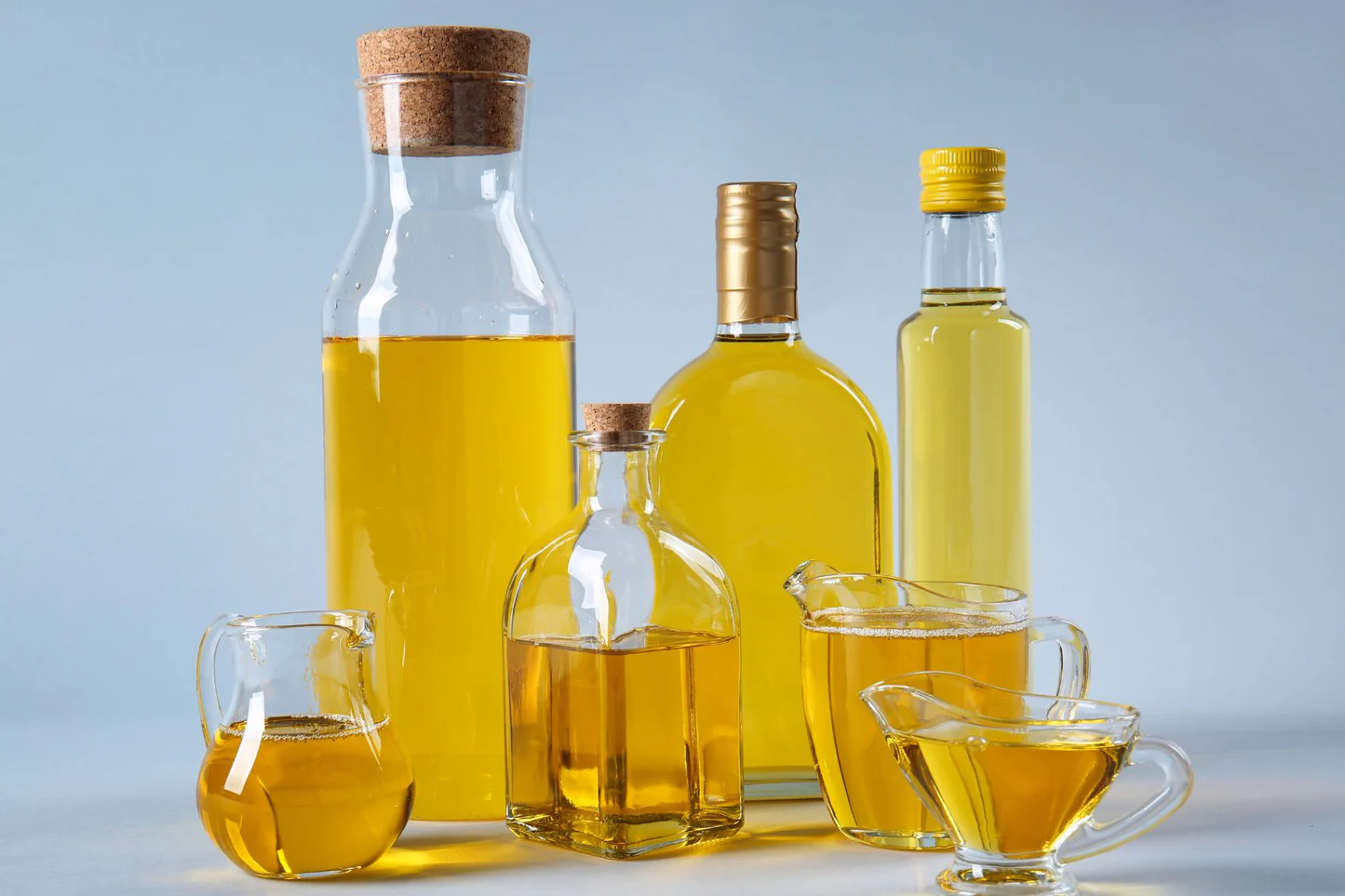
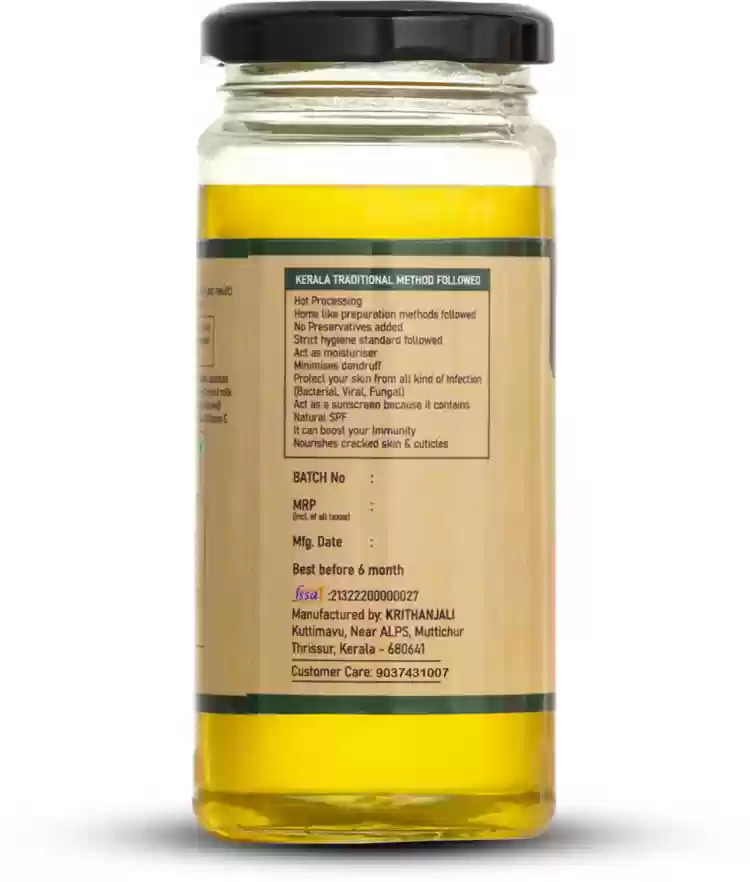
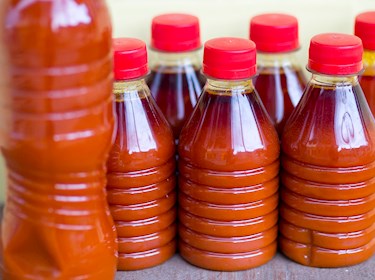
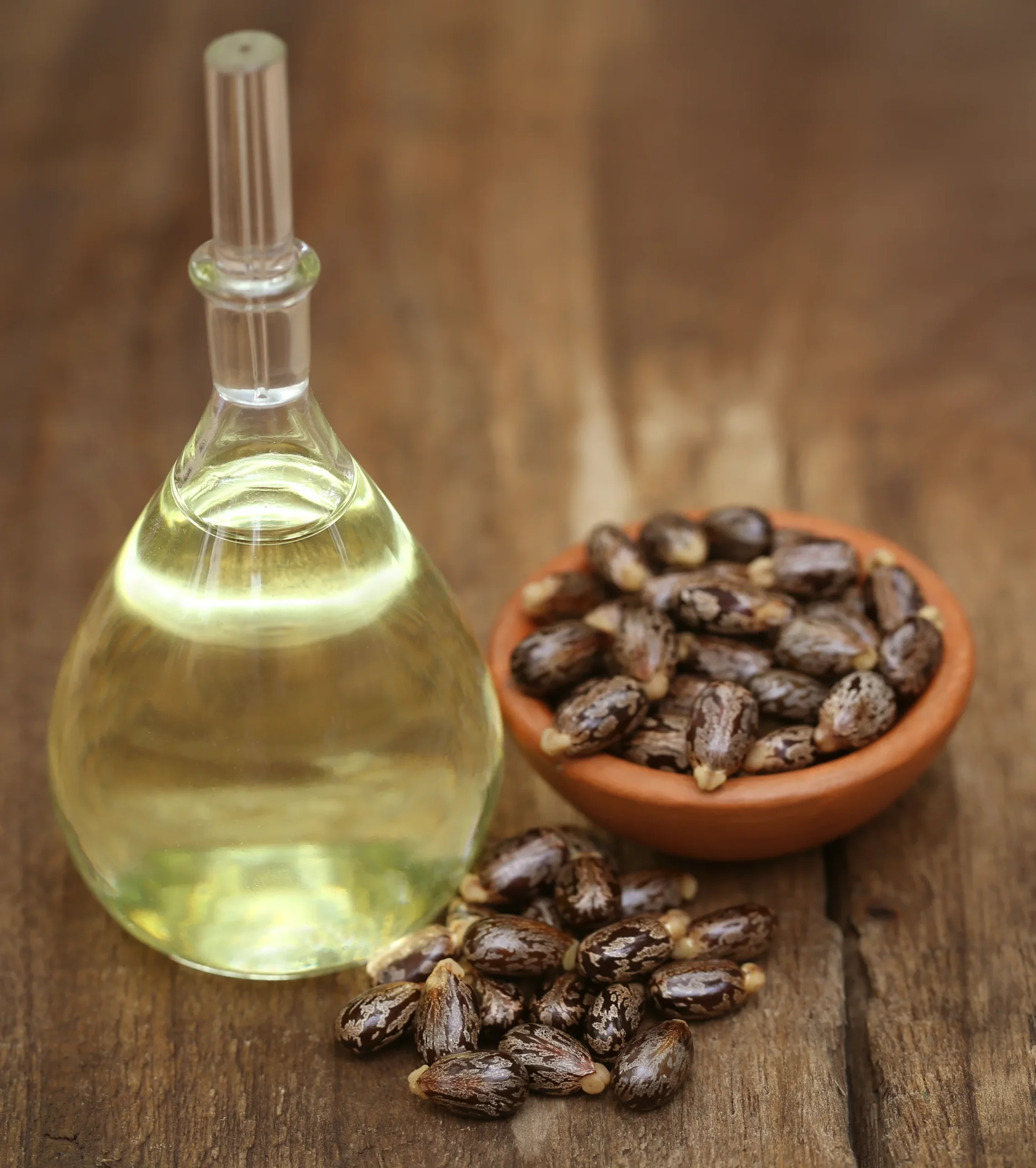
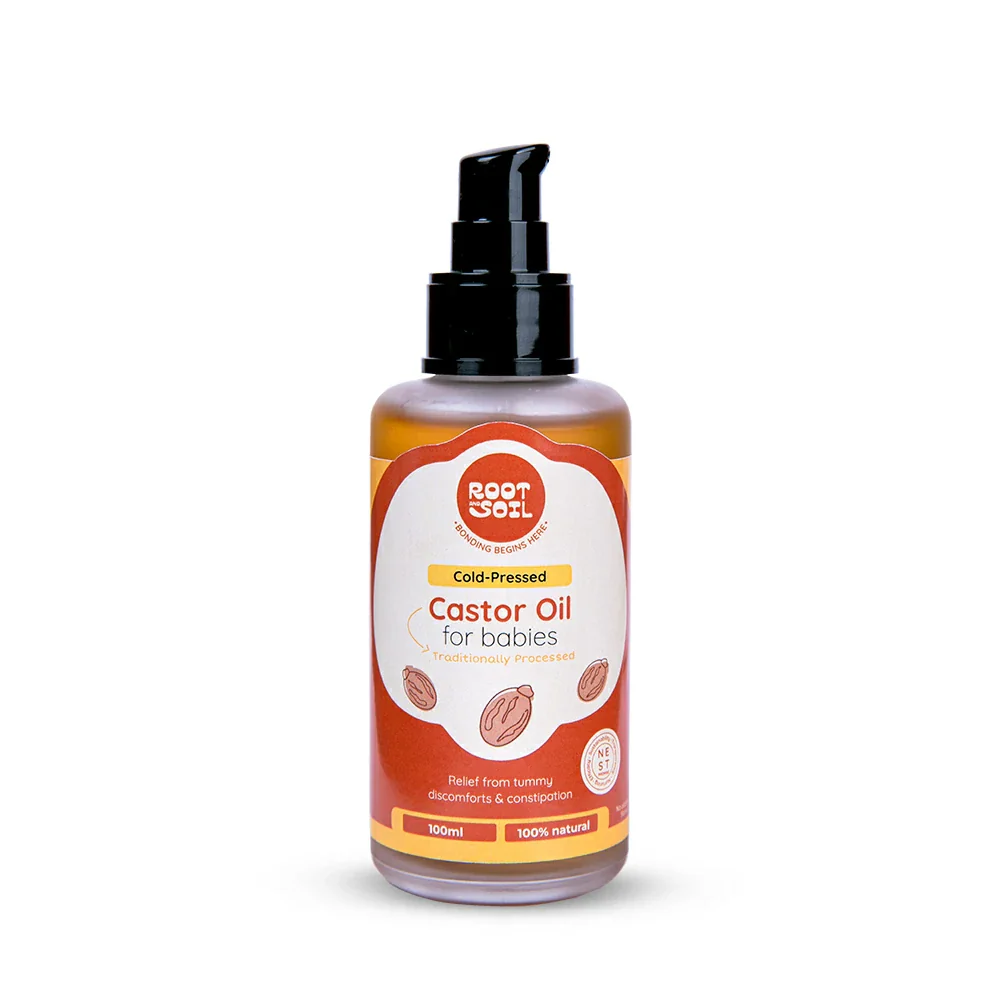
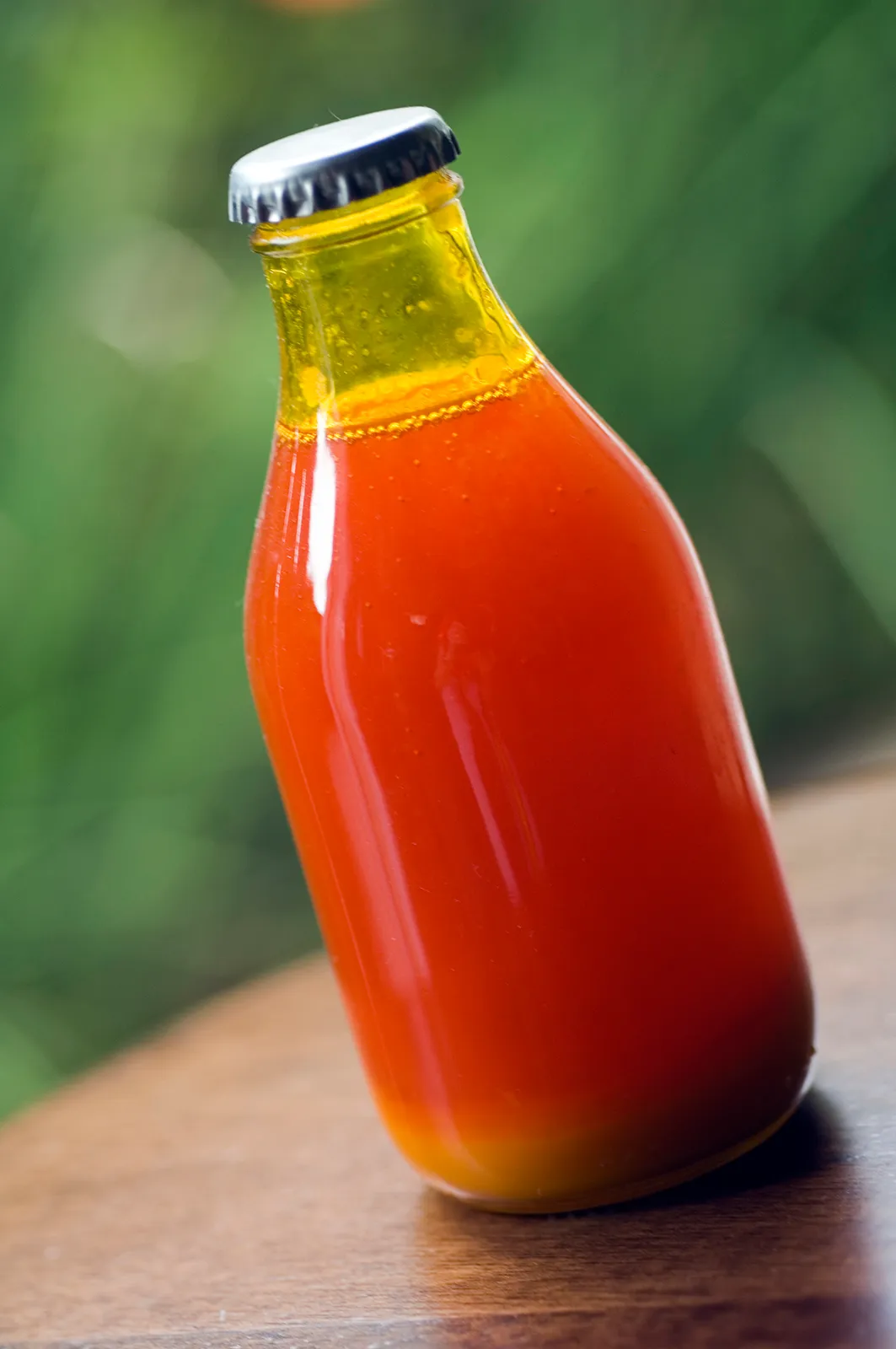
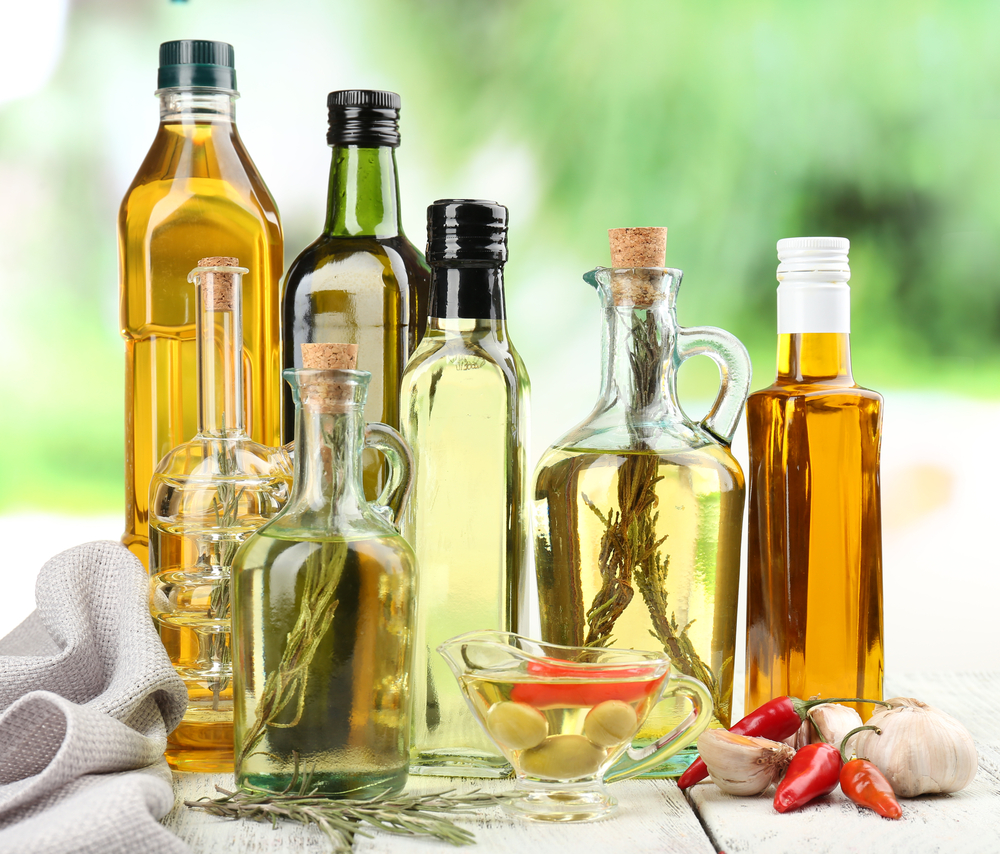
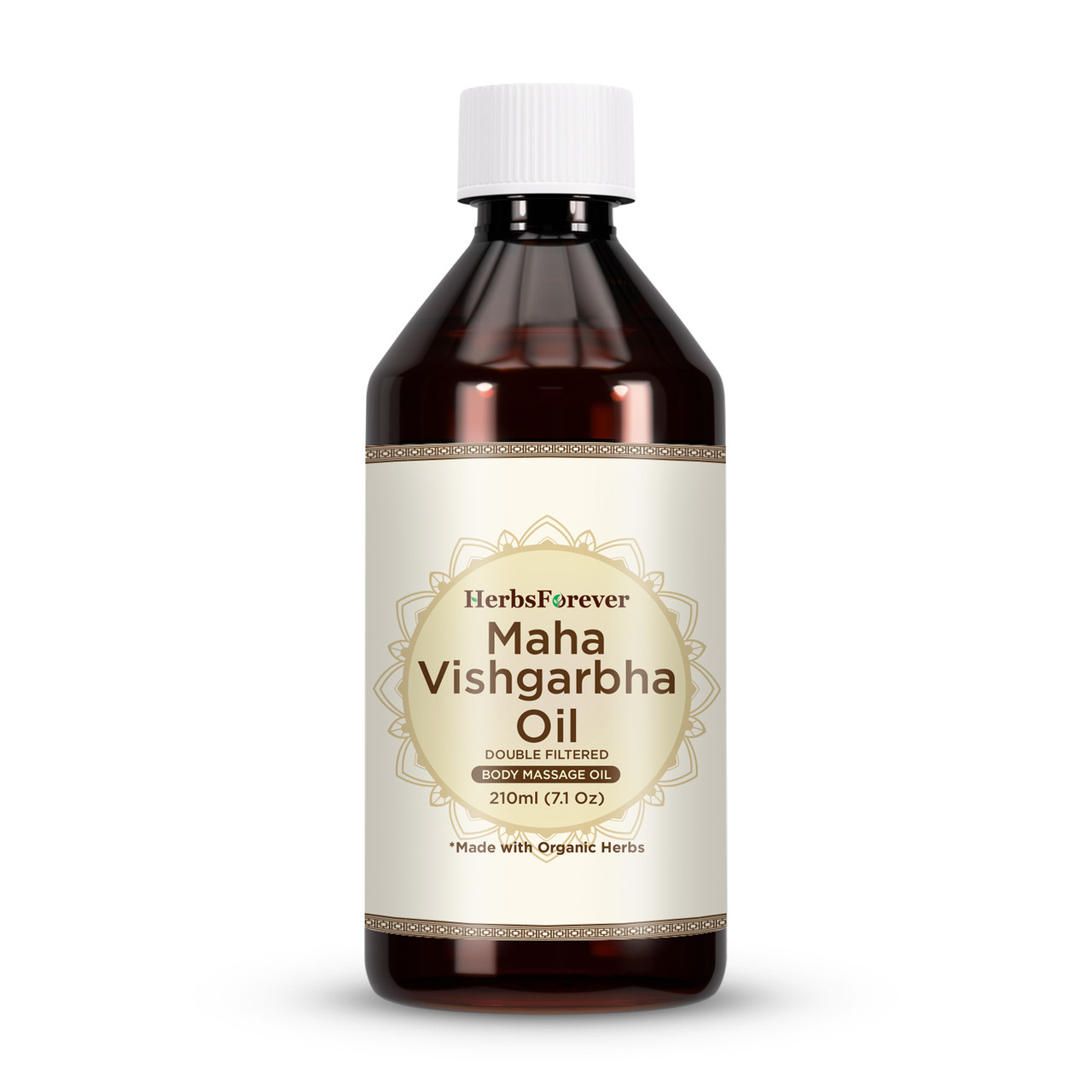
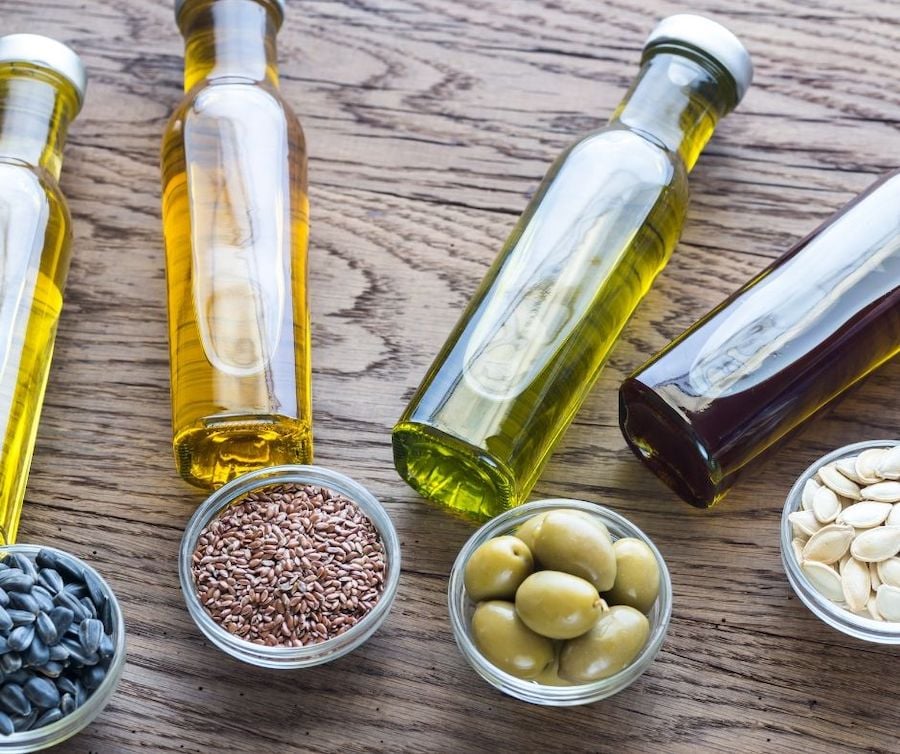
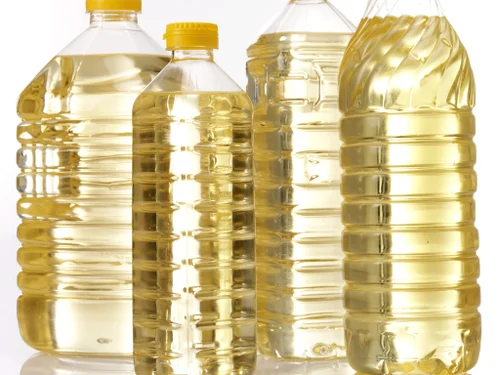
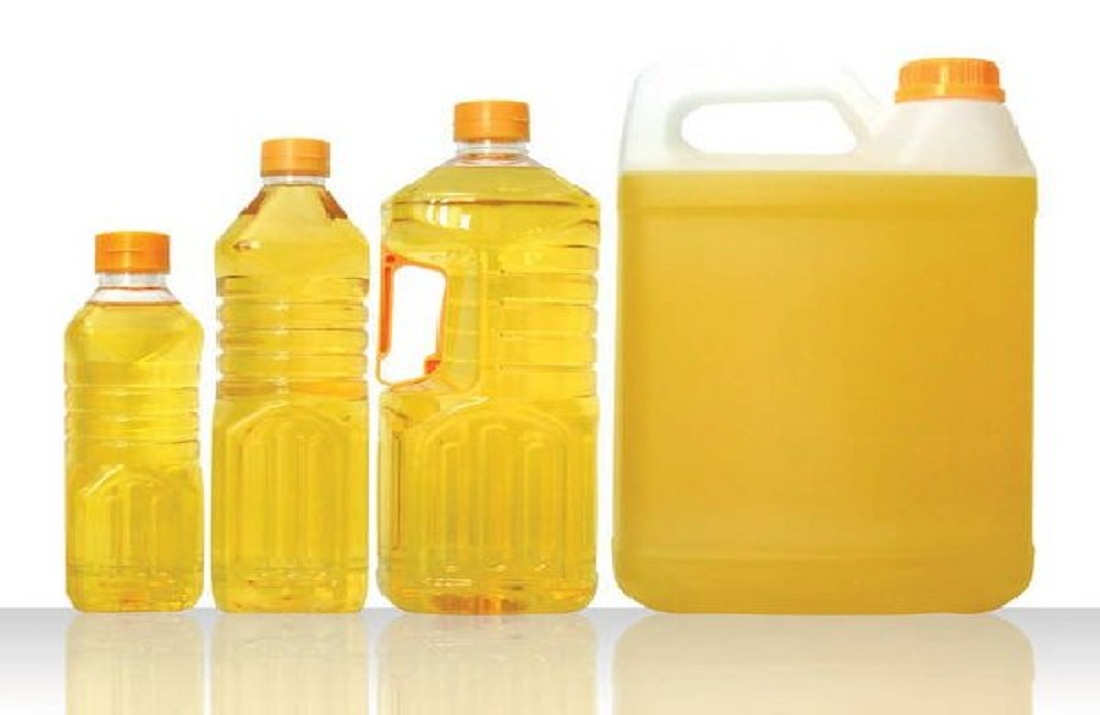
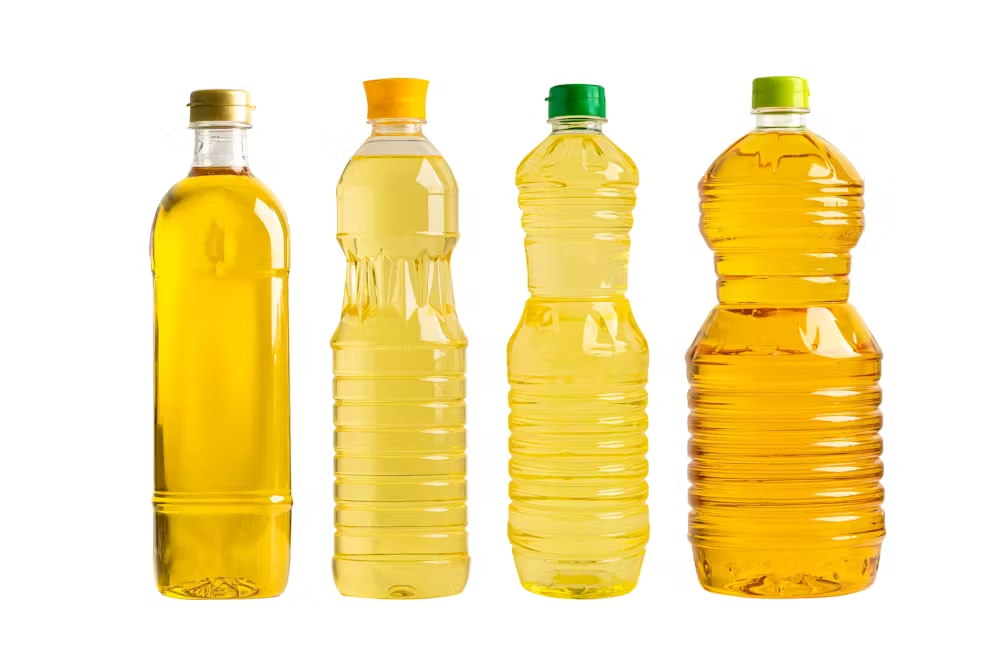
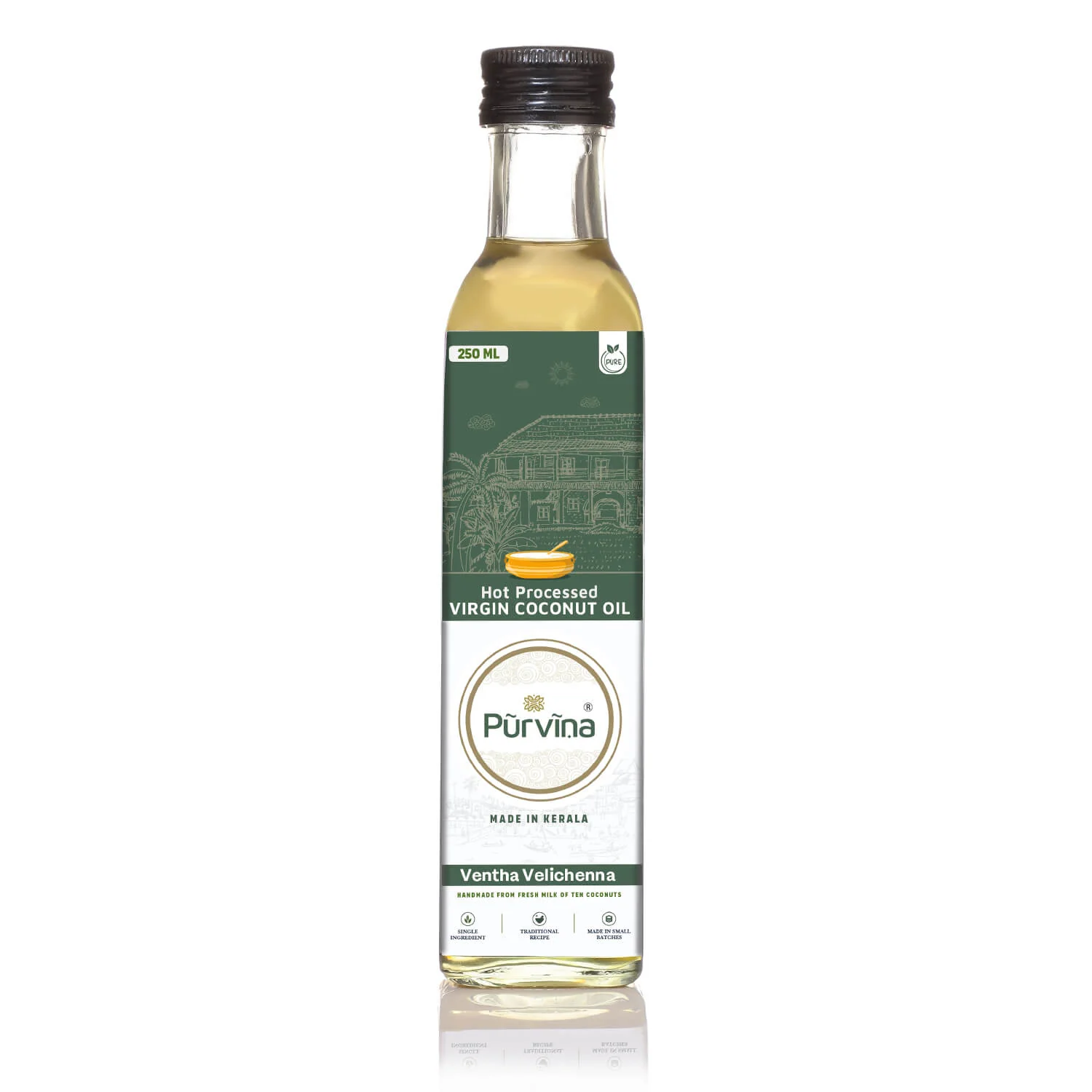




Reviews
There are no reviews yet.